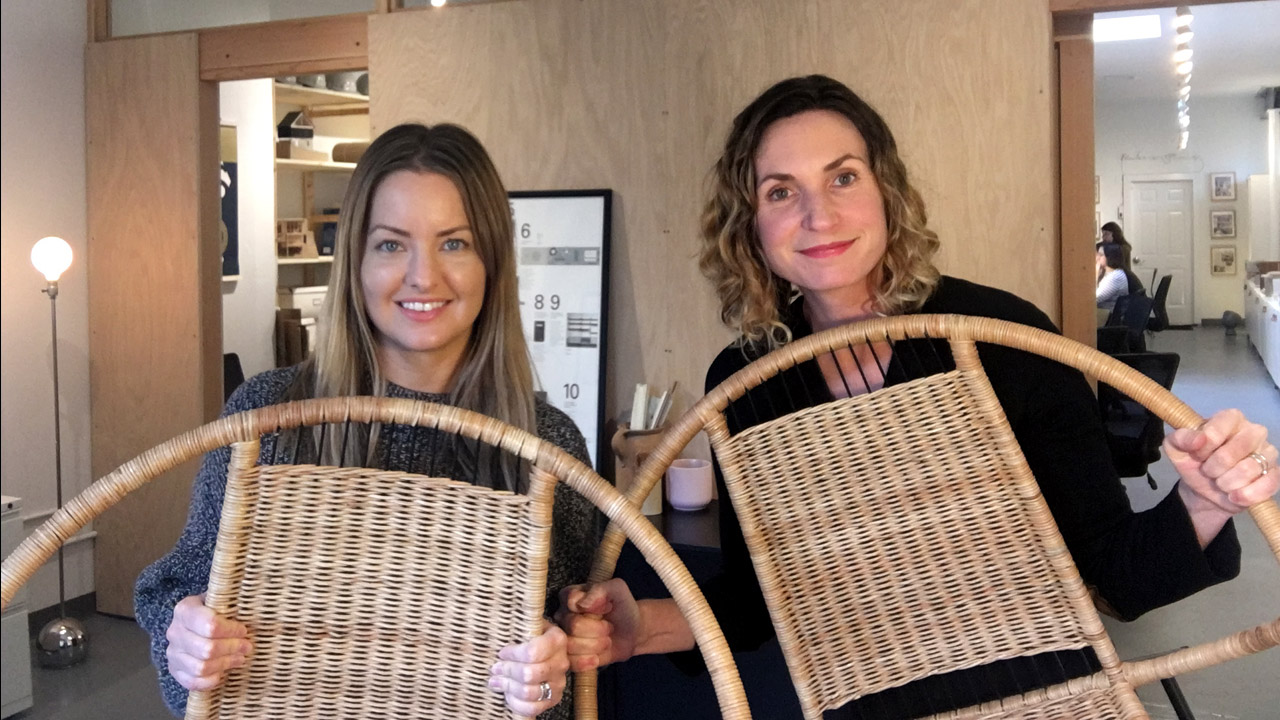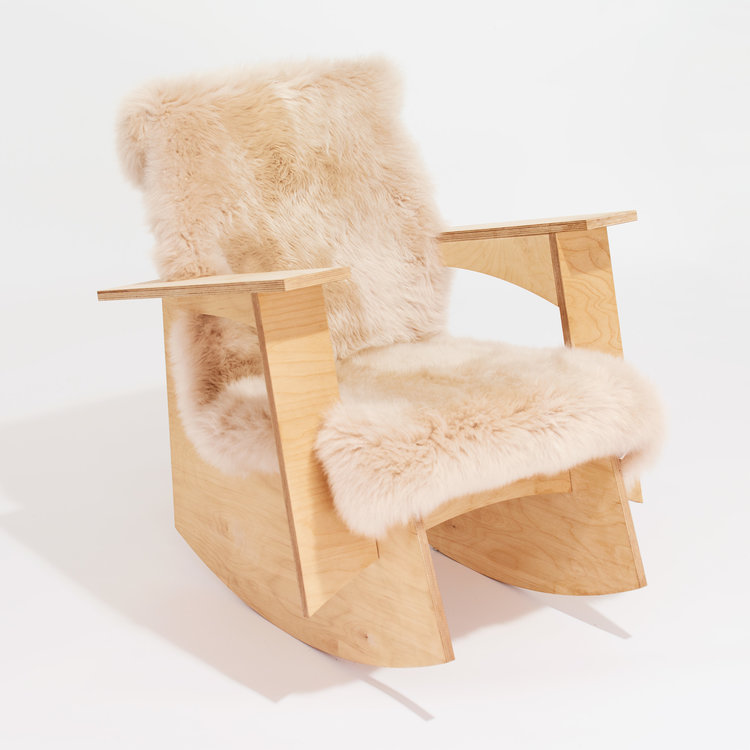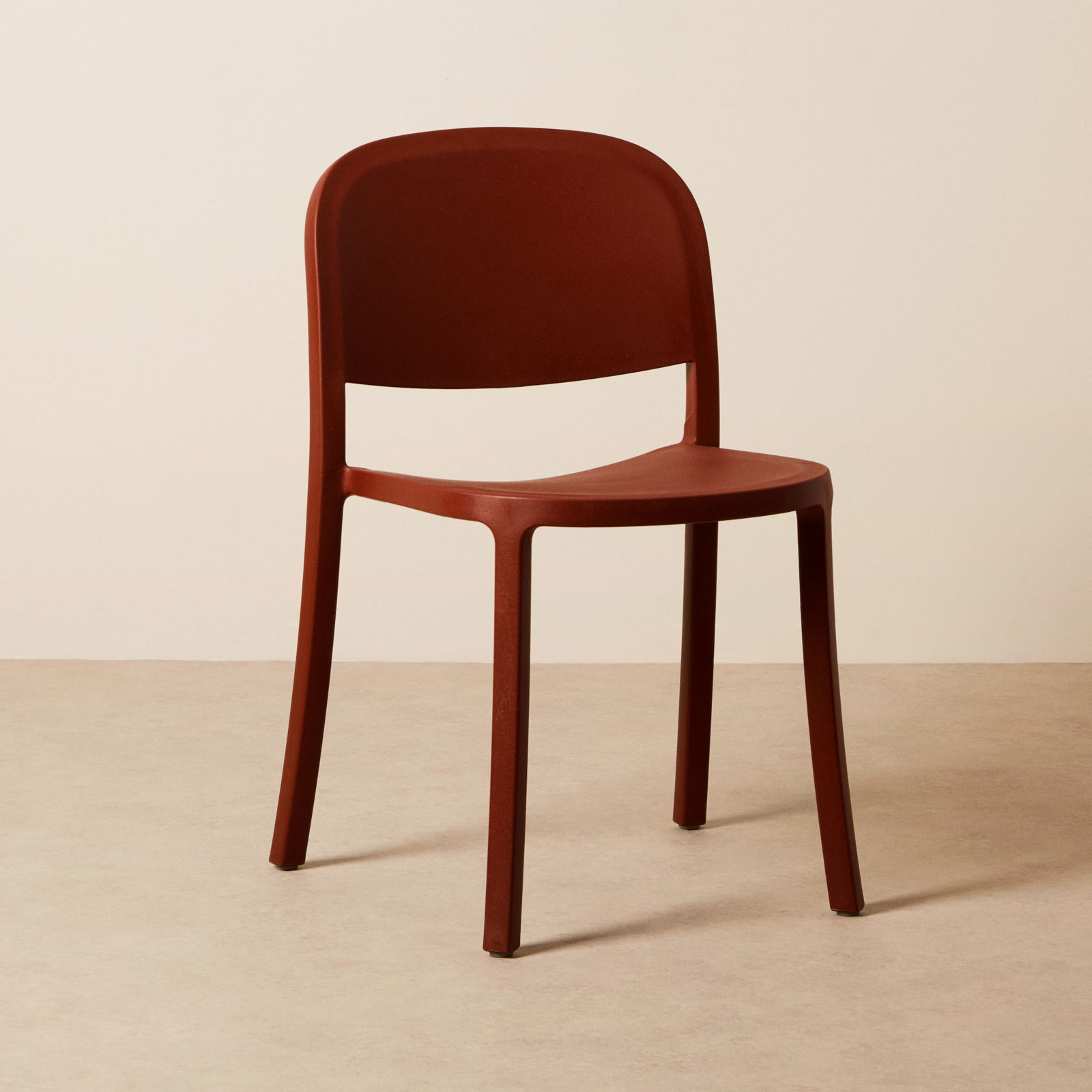
How To Source Eco Friendly Furniture For Your Slow Home
If you are a conscious consumer and want to know how to shop for eco friendly furniture that is good for people and the planet, then you’re going to want to watch this.
In this video, Mette and Sarah will teach you 3 eco friendly goals to keep in mind and four strategies for sourcing eco friendly furniture from best to worst. They’ll also give you a few additional suggestions for what to look for if you prefer new furniture.
SUBSCRIBE TO THE AAMODT / PLUMB YOUTUBE CHANNEL HERE TO GET MORE VIDEOS ABOUT CREATING A SLOW HOME
PREFER TO LISTEN IN THE CAR OR WHILE ON A WALK? DOWNLOAD OUR PODCAST EPISODE HERE.
READ THE TRANSCRIPT:
Mette Aamodt: Hey folks, welcome to the Aamodt / Plumb channel where we give you tips and advice for creating a Slow Home that is good, clean, and fair. If you are a conscious consumer and want to know how to shop for eco friendly furniture that is good for people and the planet, then keep watching.
In this video you are going to learn three goals to keep in mind when shopping for eco friendly furniture, four sources from best to worst, and additional things to consider when shopping for new furniture. I’m Mette Aamodt, co-founder of Aamodt / Plumb Architecture, Interiors, and Construction. And I’m here with Interiors Associate Sarah Lueck and we design and build eco friendly, Slow Homes for our clients every day. When it comes to eco friendly furniture, we have three goals.
- Reduce waste and new production. Basically, buy less new stuff to reduce pollution, save raw materials, and divert stuff from landfills.
- When choosing new, aim for things that are made sustainably, will last a long time, and will be healthy for your indoor environment.
- Support local economies, small crafts people, and ethical manufacturers that pay a living wage and create safe working conditions.
Now that we have defined our goals, let’s get into the four strategies for sourcing eco-friendly furniture. The best option is restore and repurpose old furniture.
Sarah Lueck: Restoring is essentially bringing a piece of furniture back to its original condition. And you can either do that yourself as a DIY’er or you can hire a professional. If you want to repurpose, there are a number of ways to take one piece of furniture and change it into a new thing for a new use. Again, that’s something that you can either DIY or you can hire a professional furniture designer or contractor to help you.
MA: The second option is reusing old furniture that does not need to be fixed up. So think antiques, vintage, or pre-owned used furniture.
SL: There’s some great sources locally in your area. Craigslist is amazing for furniture, either antique or just pre-owned. There are also antique stores or consignment shops that have usually a really great turnover, so it’s great to keep checking those. Regionally, there are antique fairs, typically in most metropolitan areas that you can search for online. And then nationally, there are places like Chairish and 1stdibs that are excellent sources for either pre-owned or vintage or antique furniture.
MA: What do you think about flea markets and garage sales?
SL: Those are awesome. If you have the time to go see those, be the first one there.
MA: So those two options were both reusing old furniture. Let’s take a little pause for right now because I want to tell you that we’re actually producing a mini series on sourcing eco friendly furniture. This one is the general overview of all the sources and goals. And in the upcoming videos, we’re going to take a deep dive into each one of these sources. So for example, our next video will be all about artisan furniture. Then there will be more about repurposed furniture, sustainable sources, et cetera.
Now let’s keep going with our list. Maybe vintage is not really your thing and you really prefer to buy new furniture. Let’s talk about some sources for that.

Photo Courtesy of FN Furniture. Photo: Patrick Farrell
For new eco friendly furniture, our first suggestion is to look for small shops.
SL: I think starting locally or regionally is the way to go. We like FN Furniture in New York. We just found them, and they practice zero waste in their fabrication of their new furniture. They CNC pieces out of a single sheet of plywood with zero scrap material and we think that’s really cool.
Nationally there are small shops out there. Schoolhouse is one that we’ve loved for years. They started small, just making lighting, and now they’ve expanded to include furniture and home accessories.
Then internationally, for example, there is Goodee, a Canadian collective, who sources sustainable furniture and home accessories from around the world.
MA: The fourth source is new furniture from large retailers. Now this is still a good option if you are careful about who you buy from.
SL: For example, if you are local to Boston like us, Circle Furniture is a family-run furniture company that’s been in the area for over 70 years. But if you were in, say for example, North Carolina, the large furniture company, Lee Industries would be local to you.
Nationally we are seeing many household names aligning themselves with sustainable furniture practices. For example, West Elm has a number of eco-friendly and ethical-sourced furniture lines. There is also Blu Dot and Room & Board, who are both US companies. They manufacture in the US and they use clean and sustainable materials and methods.
For international companies, we love IKEA for their holistic approach to sustainability. They use sustainably sourced raw materials whenever possible. They have a goal of zero waste factories and stores and they get back to their communities.

Photo Courtesy of Goodee
MA: So when you’re buying new, there are other factors we want you to consider. If you’re not going off of these recommendations, you want to look for sustainably harvested materials, ethically and sustainably run fabrication processes, ethical employee wage and work conditions, quality and durable construction – in other words, something that’s not disposable – materials that are biodegradable or recyclable, and materials void of toxic chemicals that are bad for your indoor air quality and also for the environment.
Now you have learned three goals to keep in mind when buying eco-friendly furniture for your Slow Home, four sources for that furniture, as well as additional tips to bear mind when you’re buying new.
Please subscribe to our channel. Give this video a thumbs up, or thumbs down, if you found it valuable and please share it with someone who you think might find it useful.
Join us in the next videos in this series, where we take a deep dive into each one of these sources. See you next time.
SUBSCRIBE TO THE AAMODT / PLUMB YOUTUBE CHANNEL HERE TO GET MORE VIDEOS ABOUT CREATING A SLOW HOME
Links Mentioned In Video
Goodee: https://www.goodeeworld.com/pages/our-story
FN Furniture: https://www.fnfurniture.com/
Schoolhouse: https://www.schoolhouse.com/pages/about-us





